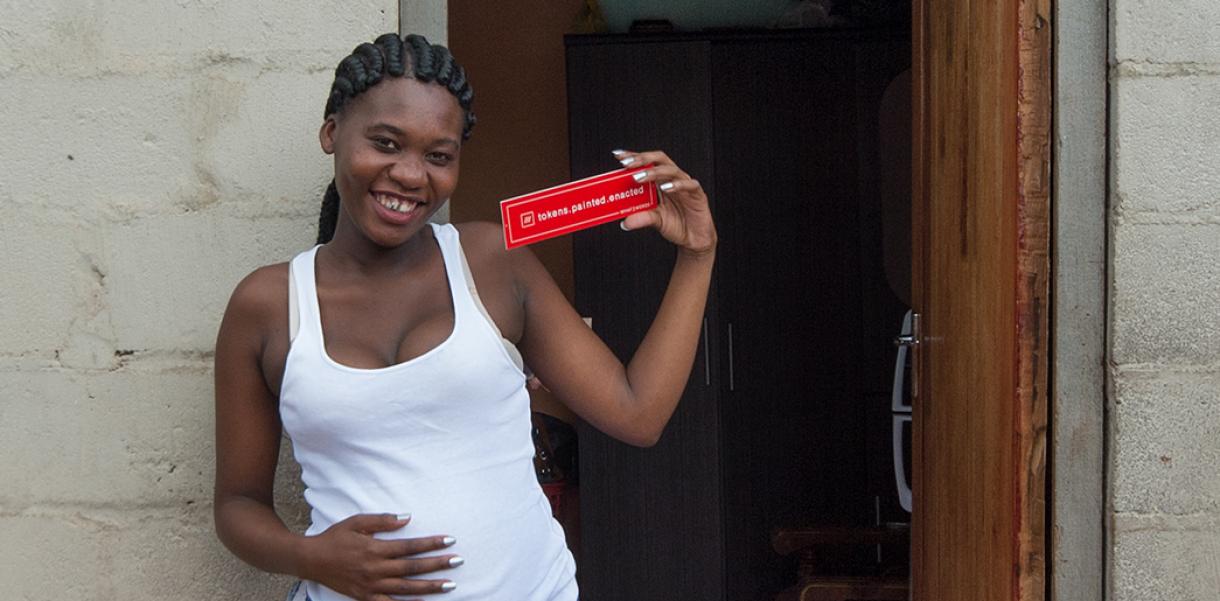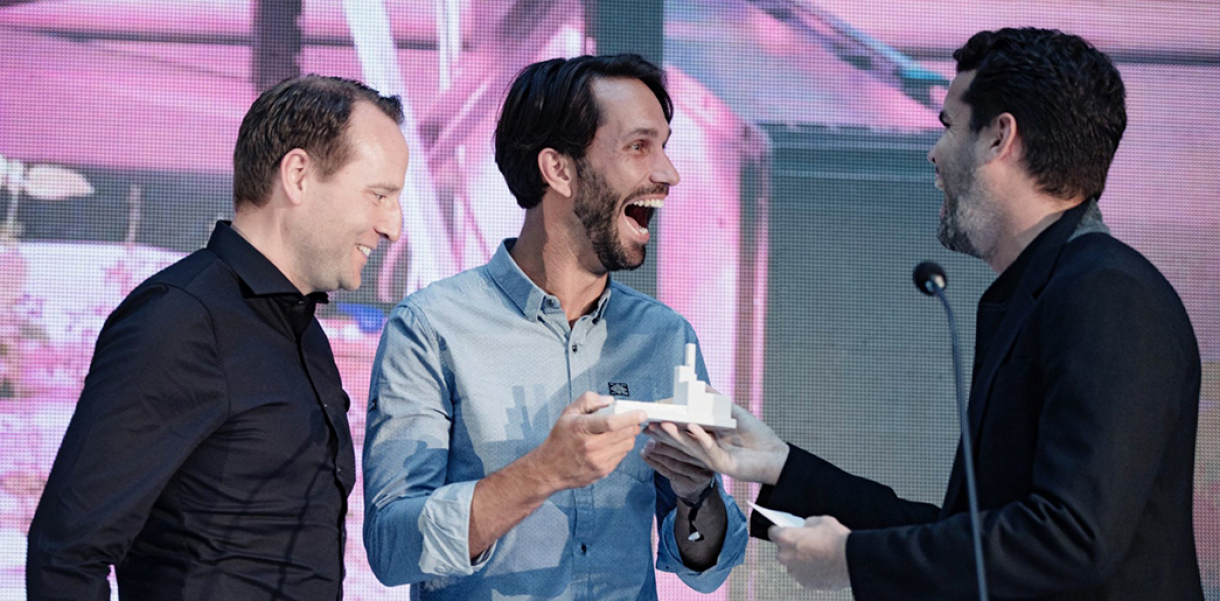There are problems that can have straightforward solutions. Break an arm? Cast, sling or brace. Perhaps a pinch of surgery. Toothache? Dentist. Is the Internet not working? Restart the router (60% of the time, it works every time).
Ensure equal opportunity and reduce inequalities by eliminating discriminatory laws, policies and practices and promoting appropriate legislation, policies and action in this regard? Not so simple...
These kinds of problems, aptly named wicked problems, don’t have a one-fits-all solution, rather “better or worse” ones. They are essentially unique.
And it is really hard to give them a definitive formulation.
Furthermore, problems don’t come alone. Russell L. Ackoff wrote about complex problems as messes: "Every problem interacts with other problems and is, therefore, part of a set of interrelated problems, a system of problems... I choose to call such a system a mess."
And going a bit further, Robert Horn says that "a Social Mess is a set of interrelated problems and other messes. Complexity — systems of systems — is among the factors that make Social Messes so resistant to analysis and, more importantly, to resolution."
So where to begin? Design has been dealing with these kinds of problems for quite a while. Different stakeholders, ever-changing challenges, iterative solutions and the need for creative approaches.
”Before we even bring the slightest bit of a solution into play, we work on understanding the challenge at hand, and for whom it is a challenge.”
At The Index Project, we have developed our own methodology, Design to Improve Life Education, and its main tool, the Compass, to help design teams navigate design processes that tackle wicked problems. And the very first thing we work with is defining the problem, the challenge to work with and find solutions for. Before we even bring the slightest bit of a solution into play, we work on understanding the challenge at hand, and for whom it is a challenge. Understanding the problem is key to designing the best possible solution.
So think of problems as “themes”. Each problem can have “sub-themes”, and each of these sub-themes can have its challenges, and so on. Understanding that all these challenges and sub-themes are part of a system, helps to approach a problem.
Dissecting a problem into smaller ones helps us to grasp not only the impact of a problem but also the impact that we can have on it. It makes big problems more tangible. In the same way, working with global problems and translating them into a local context brings us closer to the problem, and again, makes it more tangible.
If a small group of designers decides to tackle UN SDG number 13, Climate Action, it might seem impossible at first. How can i.e. five people sitting around a table, in an office in a city of X country, solve something that is global?
But take Climate Action and one of its biggest problems, flooding. Flooding as a theme can have many different sub-themes. Using a technique like Open Space, also in our methodology, you can find a ton of them, such as 'damaged buildings due to storms'. Here one of the challenges would be that there is water inside a building and you could continue going deeper into the challenges.
“When thinking of a problem, you need to restrain yourself from going into solution mode right away because you might be biased by what you think you know of that challenge.”
But now you have a more tangible challenge to work with, having gone from a huge one such as climate change, to 'water in a building'.
You might say “yeah, but you are not solving climate change!”. No, we're not. We're choosing only one challenge related to climate change to solve. This would be a challenge that I can relate to, a challenge that I can make local, and thus provide a solution that fits the context and users of this particular challenge.
As I wrote above, one solution doesn’t fit all when discussing wicked problems. And this is mostly because the problem will be different depending on the geography, on the impact, on the reach, on the magnitude, on the people and their context for which it is a problem, etc. So we really need to do research on the challenge we are trying to solve, discussing objective knowledge versus subjective knowledge.
We need to ask ourselves, what do we know about a challenge? Or more importantly, what do we think we know about it? What do we need to know? And whom to ask, or where we should look? At the same time, we can ask the same questions about the target group that is affected by this challenge. Remember, you are trying to define a challenge, for someone, in order to come up with the best possible solution, to that particular combination.
Understanding the challenge we are trying to solve is key to finding solutions. That’s why when thinking of a problem, you need to restrain yourself from going into solution mode right away because you might be biased by what you think you know of that challenge. Empty your head and do your research on the problem, discover the many challenges associated with it, make it tangible, local, define for whom it is a problem, in which context, and with what impact.
Then begin thinking of solutions, design to improve life ones, if possible.




